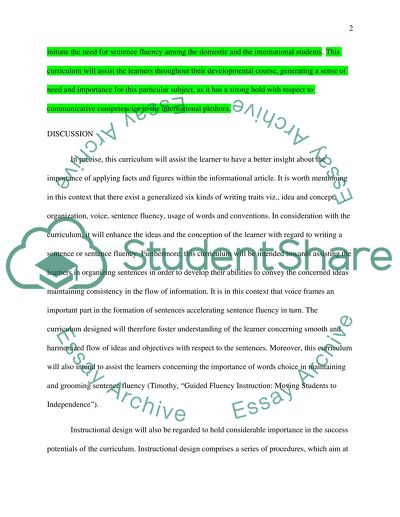Cite this document
(“Sentence fluency Essay Example | Topics and Well Written Essays - 2750 words”, n.d.)
Sentence fluency Essay Example | Topics and Well Written Essays - 2750 words. Retrieved from https://studentshare.org/education/1485754-sentence-fluency
Sentence fluency Essay Example | Topics and Well Written Essays - 2750 words. Retrieved from https://studentshare.org/education/1485754-sentence-fluency
(Sentence Fluency Essay Example | Topics and Well Written Essays - 2750 Words)
Sentence Fluency Essay Example | Topics and Well Written Essays - 2750 Words. https://studentshare.org/education/1485754-sentence-fluency.
Sentence Fluency Essay Example | Topics and Well Written Essays - 2750 Words. https://studentshare.org/education/1485754-sentence-fluency.
“Sentence Fluency Essay Example | Topics and Well Written Essays - 2750 Words”, n.d. https://studentshare.org/education/1485754-sentence-fluency.


